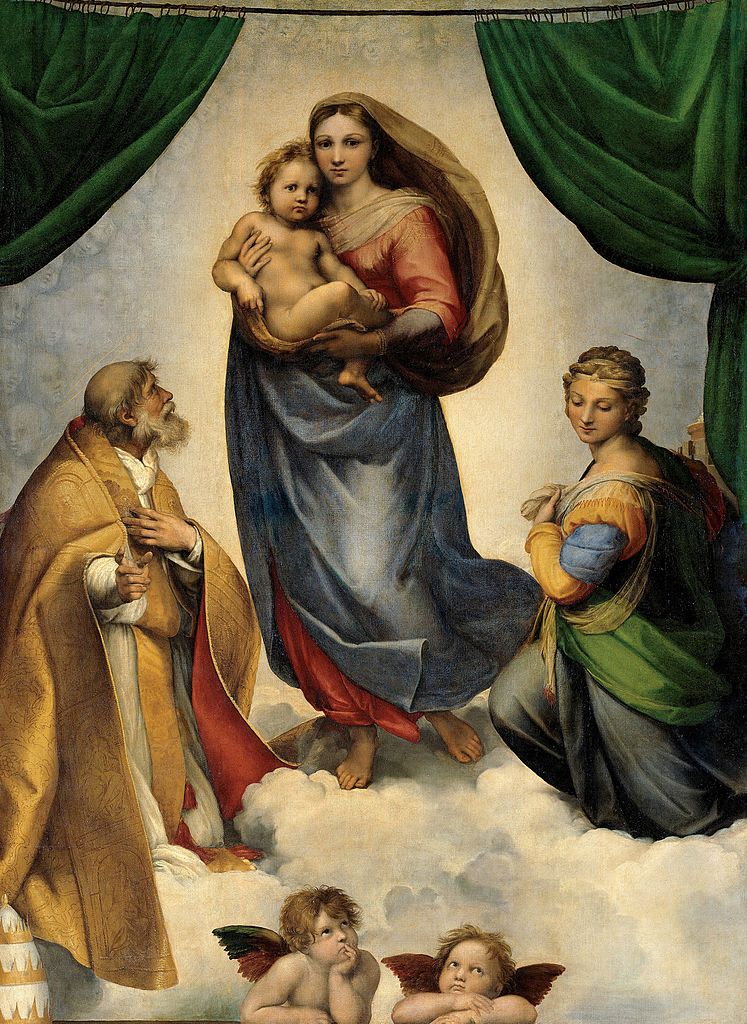
It all started with the painting of the Sistine Madonna by Raphael in 1512 and the depiction of two young chubby boys as little angels. When Raphael was painting the Madonna the children of his model would come in to watch. Struck by their posture as they did, the story goes, he added them to the painting exactly as he saw them. Another story says that Raphael rather was inspired by two children he encountered on the street when he saw them “looking wistfully into the window of a baker’s shop”. It caught on in Western art.

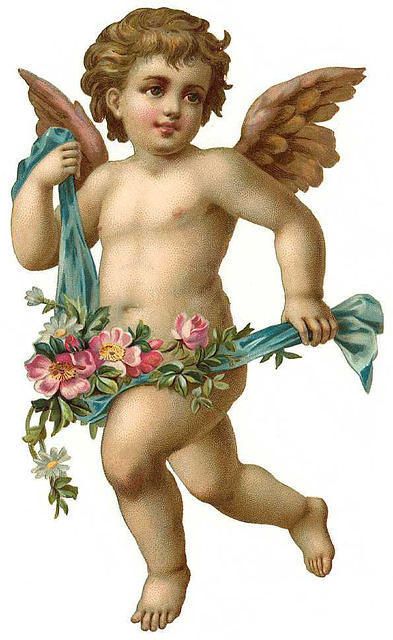
“In the Book of Ezekiel and Christian icons, the cherub is depicted as having two pairs of wings, and four faces: that of a lion, an ox, a human, and an eagle . Their legs were straight, the soles of their feet like the hooves of a bull, gleaming like polished brass. Later tradition ascribes to them a variety of physical appearances. In Western Christian tradition, cherubim have become associated with the putto, resulting in depictions of cherubim as small, plump, winged boys.”
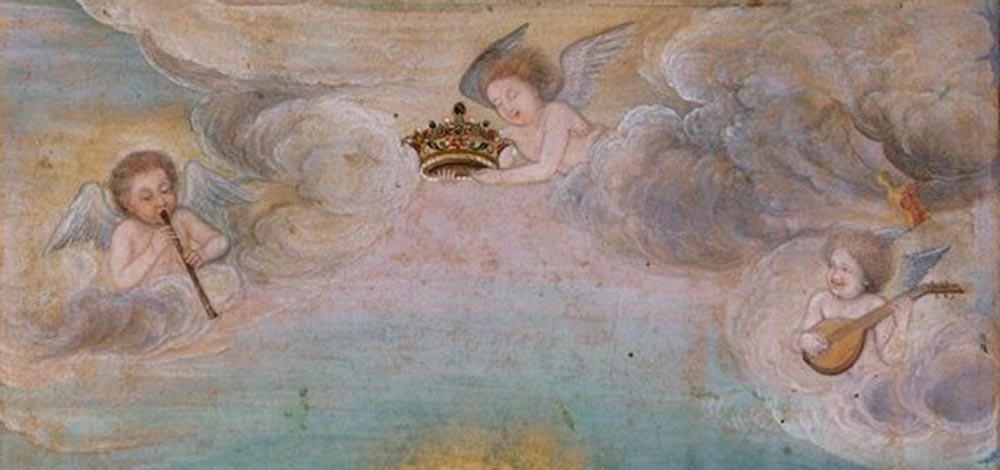

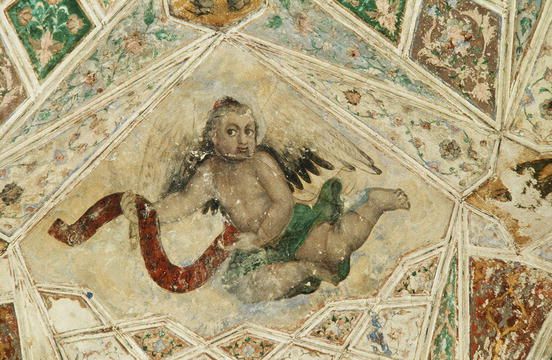
From such diverse imagery, plump boys, as Cupid shooting arrows for revelry. Cherubs started appearing everywhere. But the craze was set in the time of Queen Victoria as images in that period are Victorian Cherubs. And most of them are acting as Cupid with bow and arrows to strike the heart of lovers in revelry mood. These kind of silly chubby boys had no appeal for Mughals, neither the Emperors nor the public. To belittle the Mughal aesthetics, a lot of fakes were being created by the British in Bombay by the firm of Guzdar in the quest to appeal to the Western buyer. M.A. Rahman Chughtai the descendant of the Mughals, knew all this and pointed it out again and again. A worthy read is his book on the same.
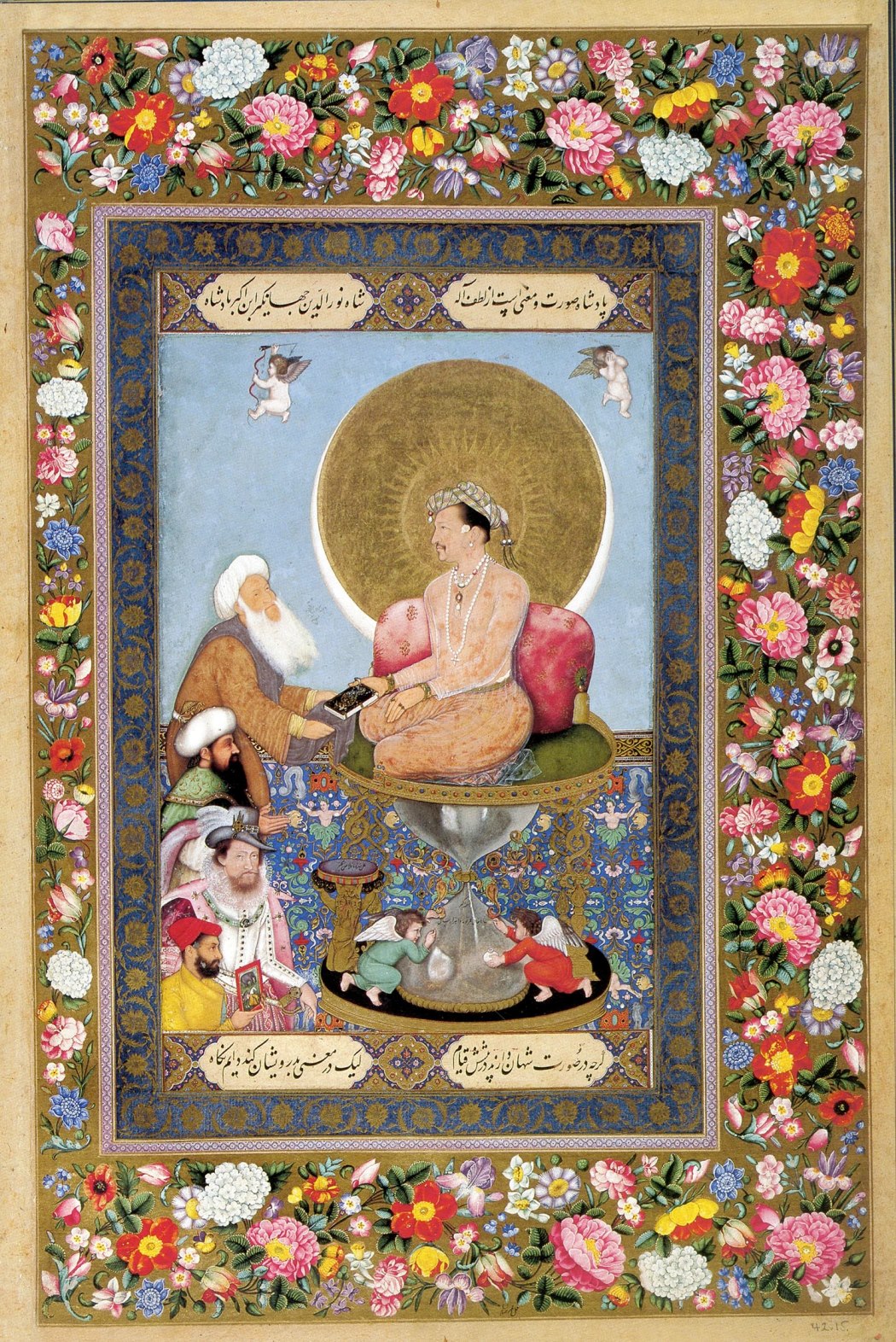
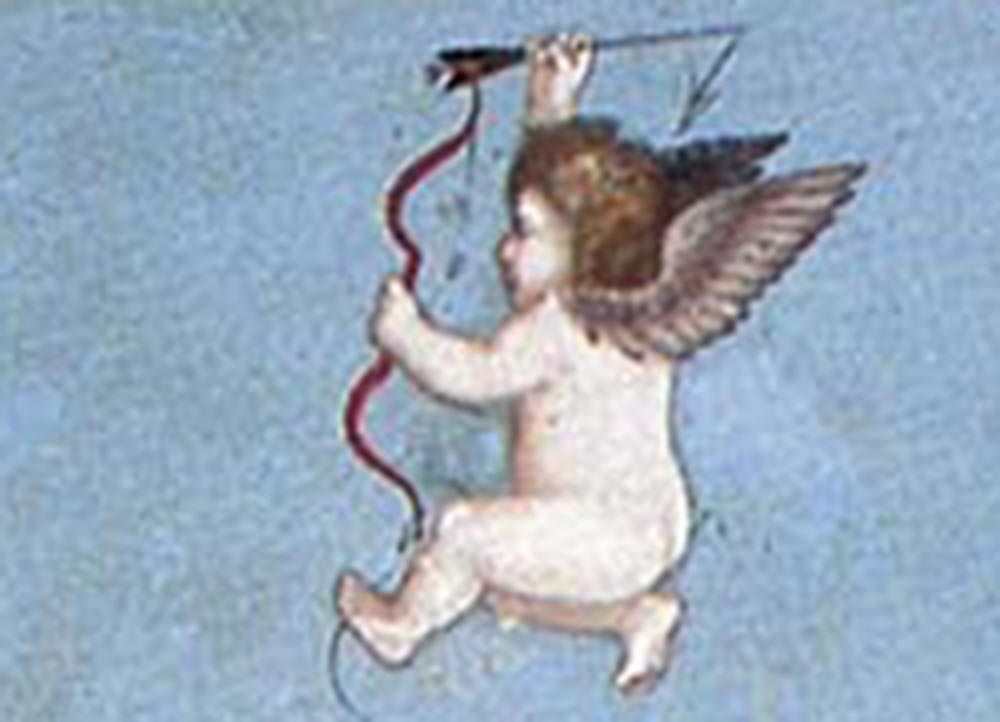

The Saint Petersburg album contains assortment of works with fakes. Take the work of Bichiter, this painter had never seen a work of Bichiter to know his style. Input of Englishman, floating beard, and Cherubs to please a western audience. In some of these fakes even the Persian language genealogical tree was written in wrong direction. Even Stuart Cary Welch could see the 19th century border on the work, which is usually hidden from public view. A slap on Mughal portraiture and aesthetics, the work is refused to be judged by western analyst as fake. For a simple pigment test can tell us everything, but no on wants to belittle oneself by telling us that their eyes were closed on their previous judgements. These cherub are even introduced on actual works to belittle judgement. Complexes have started rage against history and facts. Feelings cannot be over turned by rationality. The core of hearts is disheartened by feelings of inferiority. Sad indeed! One should learn to appreciate anything of value and all civilizations have something of value. Their voices in art and culture must be heard by non biased persons.


A point worthy of note is that the group of local painters in Lahore Fort was noted by Van Orlich in 1842, on the pay roll of Maharajah Sher Singh. These people were traditional painters and known as Gumti Bazaar painters. A lot is known and written about them. But the most interesting part is that this group was led by Ustad Allah Baksh, son of Mian Izzat Baksh, who was a tall handsome man, always dressed in royal regalia and often called as the King of Delhi, even by the British residents. In British times he was In charge of all the paintings and naqashis done in the Lahore Fort, and that includes the period of John and Lena Login, and this group of painters is mentioned in the line of Maharaja Duleep Singh, who was getting work done from them. We will add more with time, but till then read Lena Login in Lahore Fort again in 1849:
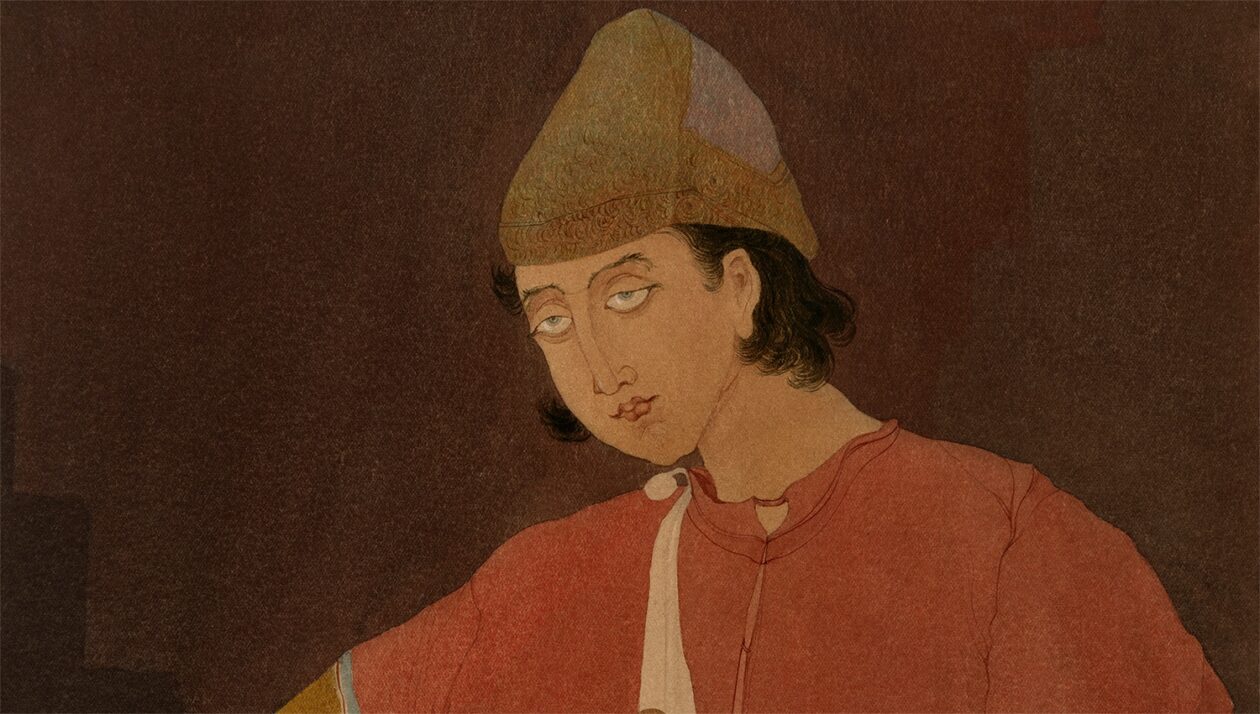
We now produce no scholars but wimps at command of foreign lobbies.
Bacha ferishtas no concept in our art
Childish act with plump boys
Ferishtas are sacred and spiritual, what religious feelings are given by cupids only mythology
Ferishtas are sacred and spiritual, what religious feelings are given by cupids only mythology
Greek mythology added in recent times lowering the sacred level of Angels
Maybe cupid struck Jahangirs heart for Nur Jahan ha ha!